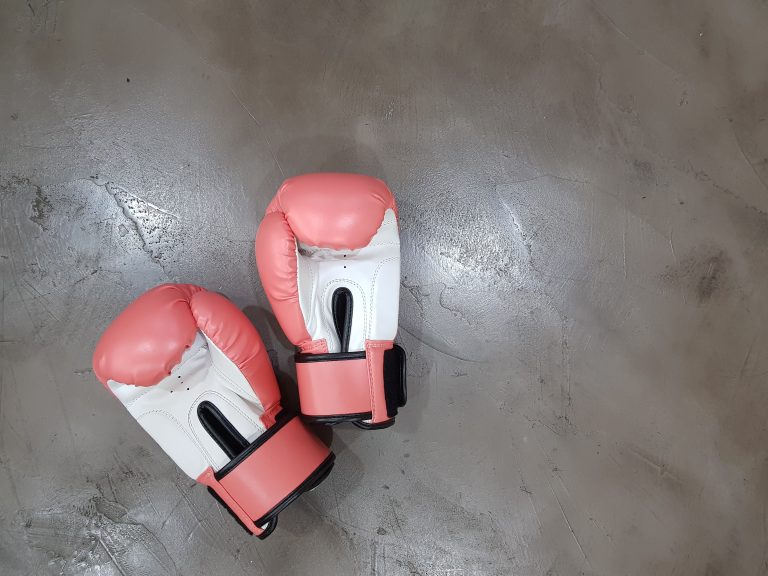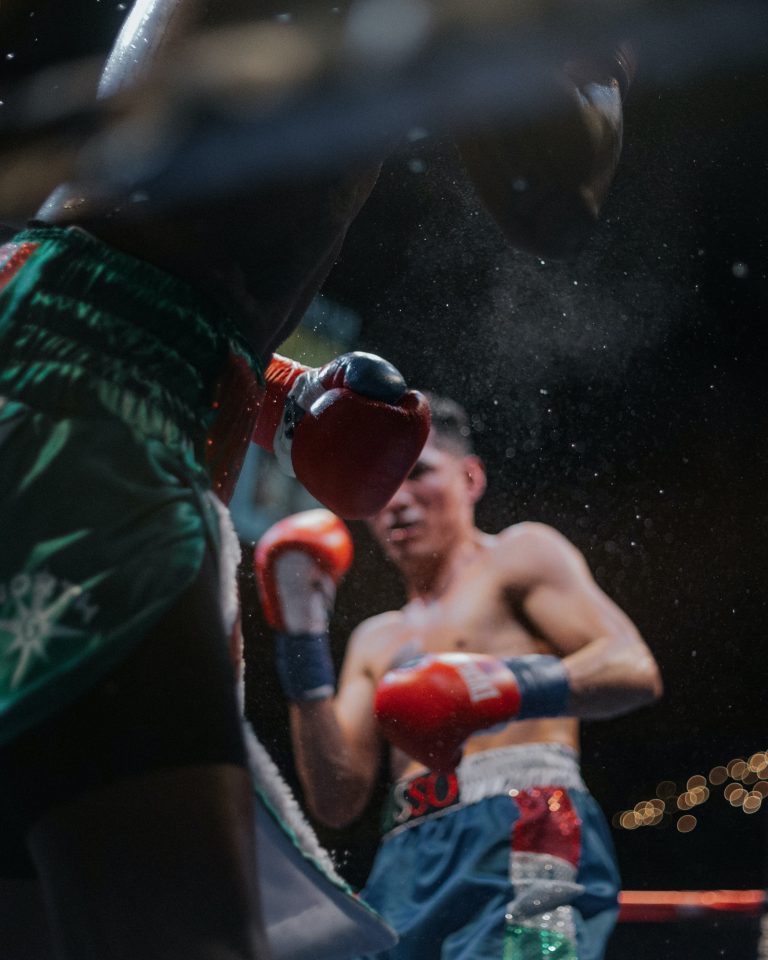What Belt Comes After Green in Karate?
Karate is a traditional martial art form that originated from Okinawa, Japan. It is widely practiced all around the world for self-defense, physical and mental fitness, and spiritual development. Karate belts represent the progression of a student’s skills, experience, and dedication to the art of karate. Different colors signify a different rank, from beginner to master level. In this article, we will discuss what belt comes after green in karate and what are the requirements to attain it.
The Belt Ranking System in Karate
The karate ranking system is known as the Kyu/Dan system, which is used to track the progress of students from beginner level to advanced level. The Kyu ranks are colored belts that indicate the progress of a student in the art of karate. The system begins with a white belt and progresses to a brown belt, followed by a black belt.
What Belt Comes After Green in Karate?
After achieving the green belt in karate, the next belt in progression is the brown belt. The brown belt indicates that a student has achieved an intermediate level of proficiency in the art of karate. There are typically three levels of brown belts, which are as follows:
1. Brown Belt, 3rd Kyu (San-kyu)
The 3rd Kyu or San-kyu represents the first level of the brown belt. This belt is awarded to students who have completed a minimum of 9 to 12 months of regular training and have demonstrated proficiency in various techniques, forms (kata), and sparring (kumite) exercises.
2. Brown Belt, 2nd Kyu (Ni-kyu)
The 2nd Kyu or Ni-kyu represents the second level of the brown belt. This belt is awarded to students who have completed a minimum of 12 to 15 months of regular training and have demonstrated more advanced skills in techniques, forms, and sparring exercises.
3. Brown Belt, 1st Kyu (Ikkyu)
The 1st Kyu or Ikkyu represents the final level of the brown belt before the black belt. This belt is awarded to students who have completed a minimum of 15 to 18 months of regular training and have demonstrated exceptional proficiency in various techniques, forms, and sparring exercises. The students who have attained this level are considered to be very close to achieving the black belt.
Requirements to Achieve the Brown Belt in Karate
The brown belt is considered to be an intermediate level in the progression of karate belts. The students who are aiming to achieve the brown belt must meet certain requirements to demonstrate their proficiency in the art of karate. These requirements may vary depending on the karate school or organization, but some common requirements are:
1. Techniques
The students must have a good understanding and proficiency in the basic techniques of karate, such as punches, kicks, blocks, and strikes. They must be able to perform these techniques with speed, accuracy, and power.
2. Forms (Kata)
The students must be able to perform various forms (kata) of karate with precision, timing, and rhythm. The forms are pre-arranged sequences of movements that simulate attacks and defenses against imaginary opponents.
3. Sparring (Kumite)
The students must be able to demonstrate their skills in sparring (kumite) exercises with other students. They must be able to apply various techniques and strategies while interacting with the opponent.
4. Attitude and Character
The students must demonstrate a positive attitude and character during their training and interactions with others. They must show respect towards their instructors, peers, and the art of karate.
What Belt Comes After Green in Karate?
Introduction
Karate is a popular martial art that originated in Okinawa, Japan, and has since spread across the world. It is characterized by its various belt levels, which indicate an individual’s level of proficiency in the art. One question that often comes up is „what belt comes after green in karate?“ In this blog post, we will answer this question and provide some additional information about the belt system in karate.
What Belt Comes After Green in Karate?
The belt that comes after green in karate is typically blue. However, it is important to note that the belt system can vary depending on the karate school or organization. Some schools may use different colors or have different requirements for each belt level. Therefore, it is always best to refer to the specific requirements of your karate school when it comes to the belt system.
How Long Does It Take to Get a Blue Belt in Karate?
The amount of time it takes to get a blue belt in karate can vary depending on the individual’s skill level and the requirements of their karate school. In most cases, students must train for at least six months to a year before they are eligible for promotion to a blue belt. However, this timeline may be longer or shorter depending on individual progress and dedication.
What Are the Requirements for a Blue Belt in Karate?
The requirements for a blue belt in karate may also vary depending on the karate school or organization. However, some common requirements include:
– A thorough understanding and execution of basic techniques such as blocks, strikes, and kicks
– The ability to perform kata, a series of pre-determined movements that simulate combat scenarios
– Participation in sparring sessions
– A solid understanding of karate philosophy and principles
What Comes After the Blue Belt in Karate?
After the blue belt, the next belt in most karate schools is the brown belt. This belt is typically followed by the black belt, which is the highest belt level in many karate schools. However, some karate schools may have additional belts or promotions beyond the black belt level.
How to Progress from Green Belt to the Next Level in Karate
If you are into karate, you must have been impressed with the many belts that signify progress in the art. The green belt is one of the most popular among these belts, and if you are wondering which belt comes after it, we have got you covered.
In this post, we provide a comprehensive guide on how to progress from green belt to the next level in karate.
Before You Begin: A Brief Overview of Karate Belts
Before diving into the details of progressing from green belt to the next level, it is important to understand the karate belt system. While the specifics may vary depending on the style and association, most karate systems follow a similar progression of belts, which include:
– White Belt
– Orange Belt
– Blue Belt
– Yellow Belt
– Green Belt
– Purple Belt
– Brown Belt
– Black Belt
Each level signifies a different level of skill and knowledge in karate. A beginner starts at the white belt and gradually progresses to higher levels.
The Belt That Comes After Green Belt in Karate
The belt that comes after green belt in karate is the purple belt. This is the belt that signifies the practitioner’s transition from a beginner to an intermediate level.
Guidelines for Progressing from Green Belt to Purple Belt
To progress from green belt to purple belt in karate, there are specific guidelines and requirements that you must meet. These vary depending on the style and the association that you belong to. However, the following are common requirements that most karate systems follow:
1. Time Requirements
Most karate associations require that a student must stay at a level for a minimum period before they can advance to the next level. This is to ensure that the practitioner has enough time to develop their skills and knowledge before moving to the next level. The duration for green belt to purple belt is usually a minimum of one year, but it can vary depending on your style and association.
2. Technical Requirements
To progress from green belt to purple belt, you must demonstrate proficiency in the following technical requirements:
– Kata: A set of movements that simulate a fight against an imaginary opponent.
– Techniques: A range of offensive and defensive moves involving punches, kicks, blocks, and strikes.
– Kumite: A type of sparring where you apply the techniques you have learned in a controlled environment.
3. Knowledge Requirements
As you progress from green belt to purple belt, your knowledge of karate principles and concepts should also improve. To advance to the next level, you are required to demonstrate a deeper understanding of the following areas:
– Karate history and philosophy: Knowledge of the origins, development, and principles of karate.
– Body mechanics and anatomy: Understanding the human anatomy, and how it relates to karate techniques.
– Principles of meditation and breathing techniques: Knowledge of how to use meditation and breathing techniques to enhance focus and performance.
Conclusion
Progressing from green belt to purple belt in karate is a significant achievement that requires dedication, discipline, and hard work. By meeting the specific requirements and guidelines set by your style and association, you can transition to the next level in your journey towards becoming a black belt.
Inhaltsverzeichnis






